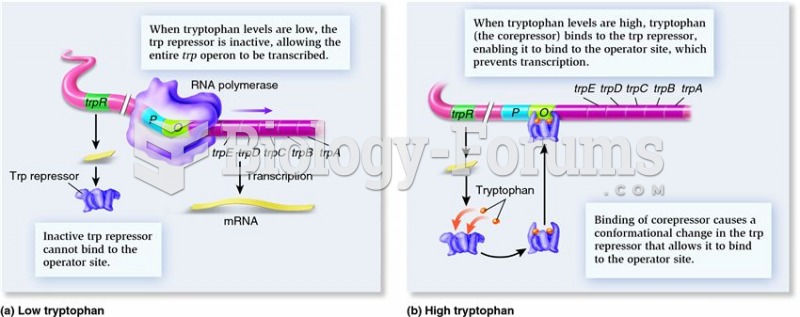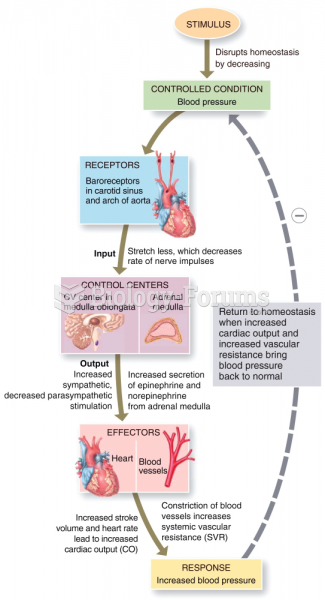Answer to Question 1
A
Feedback
A If the mother is Rh negative and the father is Rh positive and homozygous for
the Rh factor, all the offspring will be Rh positive. Only Rh-positive offspring of
an Rh-negative mother are at risk for Rh incompatibility.
B Only the Rh-positive offspring of an Rh-negative mother are at risk.
C If the mother is Rh negative and the father is Rh positive and heterozygous for
the factor, there is a 50 chance that each infant born of the union will be Rh
positive and a 50 chance that each will be born Rh negative.
D There is no risk for incompatibility with this scenario.
Answer to Question 2
2
Rationale:
1. When the burn is circumferential, blood flow can become restricted due to edema and result in tissue hypoxia; therefore, the priority diagnosis is a risk for altered tissue perfusion to the extremity. Risk for infection would have second priority in this case.
2. When the burn is circumferential, blood flow can become restricted due to edema and result in tissue hypoxia; therefore, the priority diagnosis is a risk for altered tissue perfusion to the extremity.
3. When the burn is circumferential, blood flow can become restricted due to edema and result in tissue hypoxia; therefore, the priority diagnosis is a risk for altered tissue perfusion to the extremity. Risk for altered nutrition would have second priority in this case.
4. When the burn is circumferential, blood flow can become restricted due to edema and result in tissue hypoxia; therefore, the priority diagnosis is a risk for altered tissue perfusion to the extremity. Risk for impaired mobility would have second priority in this case.






